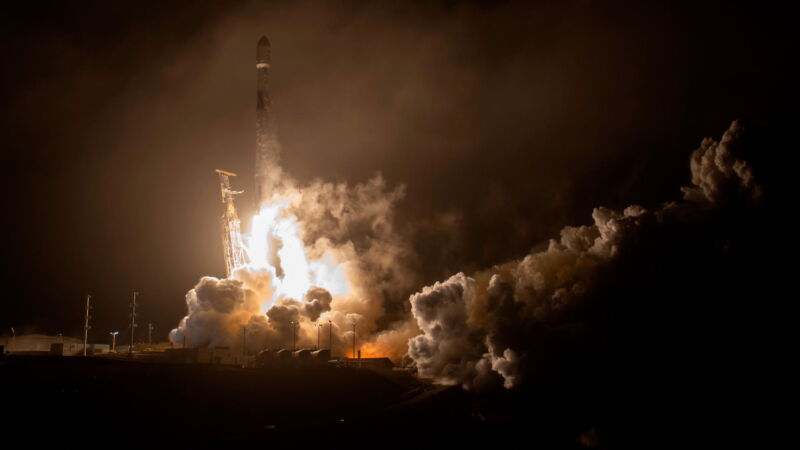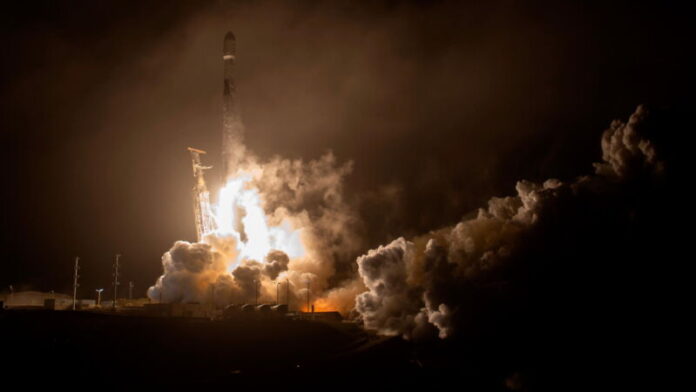
Enlarge / Riding atop a SpaceX Falcon 9 rocket, NASA’s Double Asteroid Redirection Test, or DART, spacecraft sets off to collide with an asteroid in the world’s first full-scale planetary defense test mission in November 2021. (credit: NASA/Bill Ingalls)
On a fall evening in 2022, scientists at the Johns Hopkins University Applied Physics Laboratory were busy with the final stages of a planetary defense mission. As Andy Rivkin, one of the team leaders, was getting ready to appear in NASA’s live broadcast of the experiment, a colleague posted a photo of a pair of asteroids: the half-mile-wide Didymos and, orbiting around it, a smaller one called Dimorphos, taken about 7 million miles from Earth.
“We were able to see Didymos and this little dot in the right spot where we expected Dimorphos to be,” Rivkin recalled.
After the interview, Rivkin joined a crowd of scientists and guests to watch the mission’s finale on several big screens: As part of an asteroid deflection mission called DART, a spacecraft was closing in on Dimorphos and photographing its rocky surface in increasing detail.
Read 32 remaining paragraphs | Comments
Ars Technica - All contentContinue reading/original-link]




